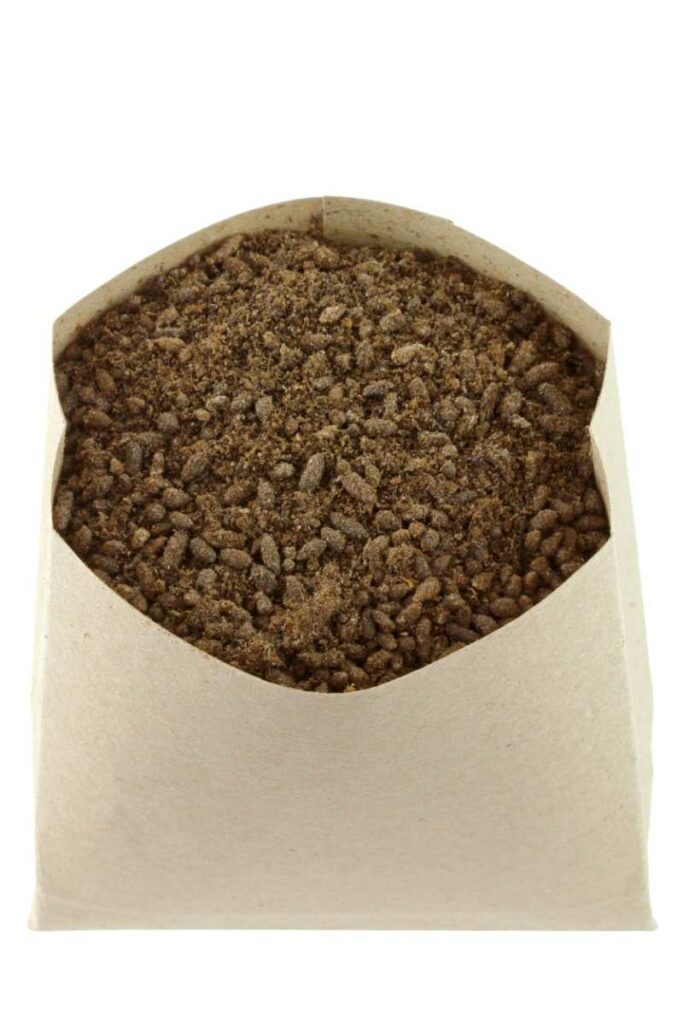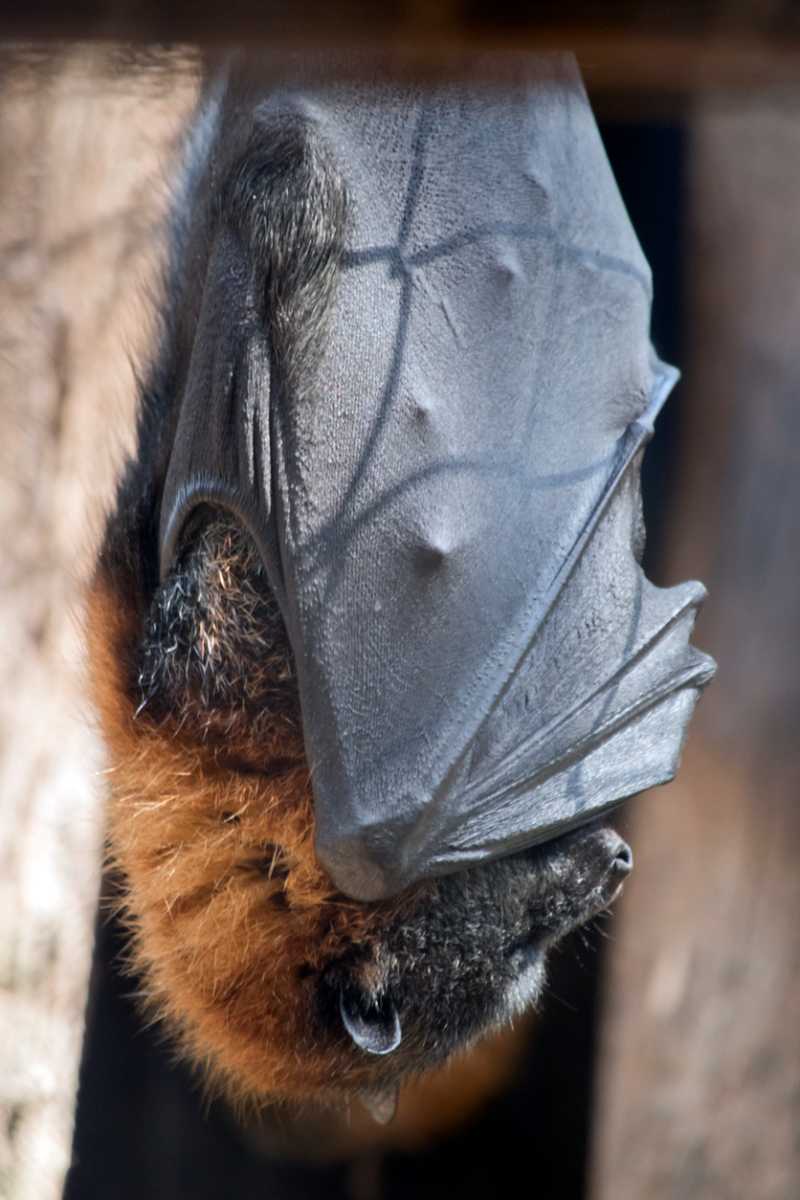Bat guano is a popular fertilizer within cannabis growing circles. Bat feces is rich in essential minerals that the plants need to flourish and yield. Since it is a naturally occurring fertilizer with no preservatives, bat guano is safe in the right proportions.
Being a natural fertilizer with many endorsements, most growers might not know how much is too much. The plants, too, need to maintain their health, and when they’re overwhelmed, they don’t thrive as they should.
But bat guano is the miraculous solve-it-all nutrient source. Does it matter how much, really?
Can You Use Too Much Bat Guano?
Bat guano is among the safest organic fertilizer because it contains lower salt concentrations than seabird guano and seal guano. Thus it is more forgiving when you error in dosage. However, bat guano is still highly concentrated, and you want to stick to the appropriate dosage.
Though most growers credit bat guano for its slow-release process that makes it hard to overwhelm the plant, you want to feed the plant with a balance.
Another unique thing with bat guano is that it doesn’t only contain the essential nutrients. It has more microorganisms that speed up the decomposition process— breaking down the guano and other nutrients in the soil. Thus, though you shouldn’t give too much guano, it takes more to affect your plant adversely.
How Much Bat Guano Should You Use?
Though bat guano is natural manure, and most tend to be forgiving— it’s still highly potent, and you’ll need to use just the right amount.
When you buy bat guano, it will come in either powder form or pellets. They will also indicate the N-P-K ratios so that you know which one is good for the stage of your plants.
Depending on how you to use it— either as a topping that you burry around the plant or as a tea— the manure will still be leached into the soil slowly.
Most growers prefer guano teas to burying the solid pellets around the plant. The tea-making process makes it easier to control the amount of guano absorbed in the soil.
Also, the amount you give your plants will depend on their nutritional needs, but here is a safe range when you decide to tread the bat guano route;
- Mix 1/2-1 tablespoon per gallon of water
- Mix in lukewarm water to dissolve the pellets
- Stir the water to mix evenly with the bat guano
- Let it rest for between 12-48 hours
- You use the tea to fertilise your plants, feeding once every 3 weeks.
RELATED READ: How to Grow Bigger Buds Outdoors
The Beneficial Components Of Bat Guano
Bat guano has a long history in agricultural applications. With roots in South America’s Andes communities, bat guano has become the world’s favorite fertilizer for cannabis growing.
Bat guano contains three macronutrients; potassium, phosphorous, and nitrogen. These three nutrients are essential for the growth and development of cannabis plants.
Nitrogen helps the plant’s growth above the soil. Making the leaves green, the stems and branches sturdy and healthy.
Phosphorous is an essential element during photosynthesis, but it also helps in the development of roots. Your plant will need lots of phosphorus during flowering.

Lastly, potassium reinforces the immune system of your plant. Making your plants more resistant to environmental hazards, like bugs and fluctuations in tempts and humidity.
Besides the essential macronutrients, bat guano also contains other micronutrients, like calcium, iron, manganese, zink, magnesium, sulpher, and boron. These micronutrients are essential to the healthy growth and development of cannabis plants.
To top it all off, bat guano is also rich in antifungal properties and can be used to inhibit the spread of fungal infections. Most growers prefer using bat guano teas as a foliar spray to protect the leaves from harmful fungi.
You’d think bat guano gets all the praise for nothing. But really, it does so much.
Even if bat guano didn’t contain the macronutrients, it is still good for the soil. It contains microorganisms that help in the breakdown of other nutrients for the plant’s roots.
Thus, bat guano can also be used when you just want to activate compost or fix nitrogen. It contains microorganisms that hasten the process of decomposition.
Besides, the enabling environment it creates at the root zone makes it easier for the plant to promptly receive all its essential nutrients.Most growers prefer using bat guano because it improves the taste and flavor of the final product. Unlike chemical fertilizers that alter the natural flavors of weed, the organic bat guano enhances terpene production, leading to a more pronounced natural weed aroma.
RELATED READ: How Do I Make My Buds Smell Stronger?
Different Bat Guanos Contain Varied Strengths
The NPK ratios will be different according to what the bats were feeding on.
Bats that feed on insects give guano that is rich in nitrogen than any of the other minerals. Insect-eating bats thus give guano that is suitable for the vegging stage than for flowering.
On the other hand, fruit-eating bats give guano that’s rich in phosphorous, thus it is more appropriate during the flowering stage when the plant needs more phosphorous to nourish the buds.
Reasons To Avoid Bat Guano
Bat guano is popular for the right reasons. It works wonders. However, sometimes you just can’t use bat guano or don’t want to!
- Bat guano is expensive— Bat guano is so costly that it’s 10 times the price of other sources of nitrogen and phosphorous. It’s not the go-to fertilizer when you want to spend loose change.
- It smells bad— Bat guano is feces. Sorry to put it like that, but it’s smelly bat’s feces. If you’re growing indoors, the smell can be overwhelming.
- It’s oh so potent— Though bat shit is organic, it contains high concentrations of varied nutrients. Just to show you how potent, bat guano was used by soldiers to make gun powder when their supplies were cut. That’s too much phosphorous. Thus, you need to get the dosage right.
- Bat diseases— Though the chances of catching a bat transmitted disease in bat guano are rare, you just need to be cautious. Bats carry diseases like Hystoplasmosis, a respiratory disorder. It is not so common because the fungus needs humid and damp conditions to thrive.
Frequently Asked Questions
Bat guano can burn your plants when you error on proportions. You should use 1tbsn for every gallon, you can make it two without adversely affecting the plants, but when you want to use a full cup of bat guano for a 3-litre brew, the plants will show signs of nutrient burn.
Fortunately, it takes a lot to make an error that big— the reason why we don’t hear of bat guano burnt plants.
Bat guano is suitable for all stages of the plant’s growth. However, for flowering, you want bat guano that is rich in phosphorous. This type of bat guano is sourced from fruit-eating bats. Jamaican bat guano is a good choice for flowering.
Bat guano is acidic, thus lowers the pH of the soil. And when you test the runoff water, you will notice it’s off. But it rarely affects the plant because of the fast-acting microorganisms that hasten decomposition and breakdown of the nutrients for the plants. pH only becomes a problem when it inhibits nutrient intake, and that’s what the microorganisms fill in for.
So the fast-acting microbes can shift the pH back and forth to facilitate the absorption of varied minerals that the plant needs. The runoff water will have a high pH, but the plant won’t be affected.
Bat guano is released slowly into the soil, thus can last for up to three months in the soil before it’s fully broken down and used by the plant. However, you should feed the plants at least once every three weeks to get optimum benefits from the guano.
Bat guano does not go bad. The macronutrients it contains, nitrogen, phosphorus and potassium, do not degrade with time. The bag will still be potent three years as it is from now if you keep it intact. It will only degrade if you spill water on it or store it in a damp environment.
In conclusion, bat guano is forgiving when you error on proportions slightly. Thanks to being organic. However, you can use too much bat guano and end up overwhelming your plant and the root environment.
External references:

